Armenian Studies Program
Fortress of Cilicia
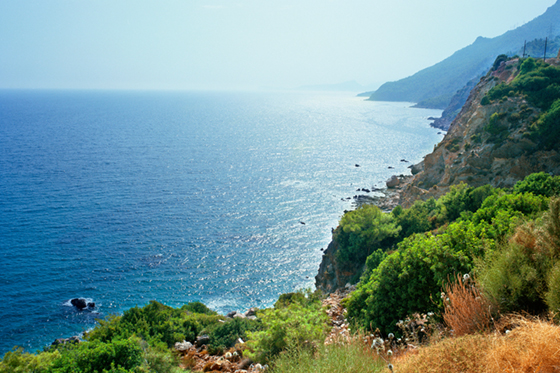
Image 85 of 157
The Taurus Mountains, as they descend into the Mediterranean Sea in Rough (western) Cilicia (Cilicia Tracheia). (July 31, 2002 - B1:3.)
-
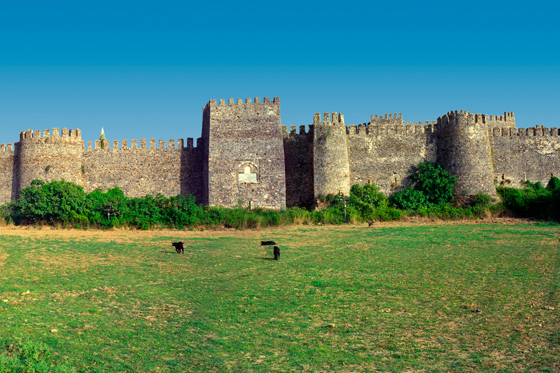
Image 86 of 157 Land-facing side of the fortress of Anamur on the Mediterranean Sea in Rough (western) Cilicia (Cilicia Tracheia), looking south (Arm. 12th Century?). (July 31, 2002 - B1:5&6.) -
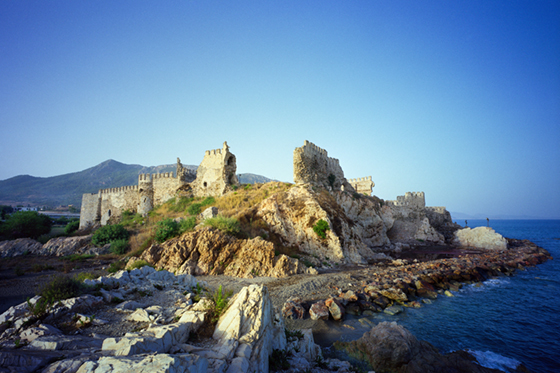
Image 87 of 157 Seaward side of the fortress of Anamur on the Mediterranean Sea in Rough (western) Cilicia (Arm. 12th Century?), looking east. (July 31, 2002 - A1:5.) -
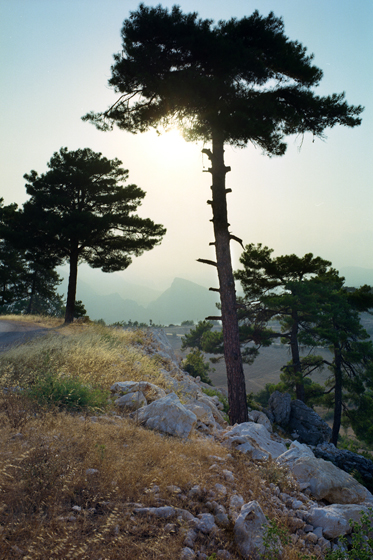
Image 88 of 157 The Taurus Mountains above Tarsus, near the Hetumid Armenian fortress at Lampron, looking west, during the late afternoon. (August 1, 2002 - B2:6.) -
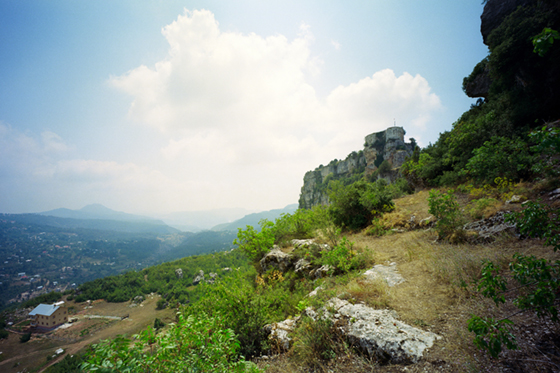
Image 89 of 157 Hetumid Armenian Fortress at Lampron, seat of the Hetumid dynasty of Armenian Cilicia, looking south toward the summit of the fortress (Armenian, 11th-14th centuries). (August 2, 2002 - A4:7.) -
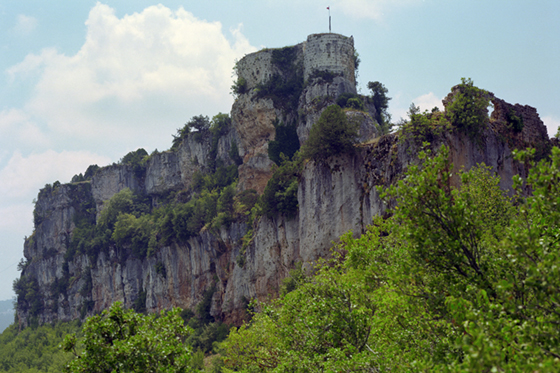
Image 90 of 157 Summit of the Hetumid Armenian Fortress at Lampron, looking south (Armenian, 11th-14th centuries). (August 2, 2002 - A5:2.) -
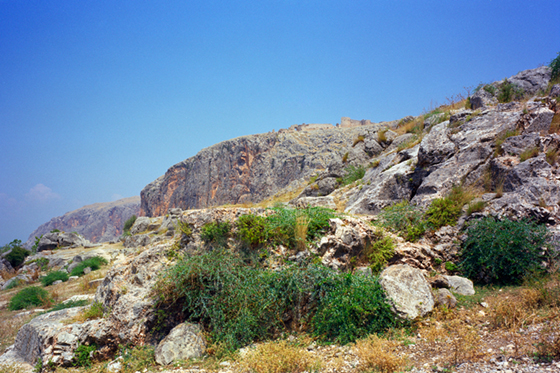
Image 91 of 157 Outcrop and fortress of Anavarza, site of the capital of Armenian Cilicia (13th Century), looking northeast toward the south bailey’s south wall and horseshoe-shaped bastions. (August 6, 2002 - A8:2.) -
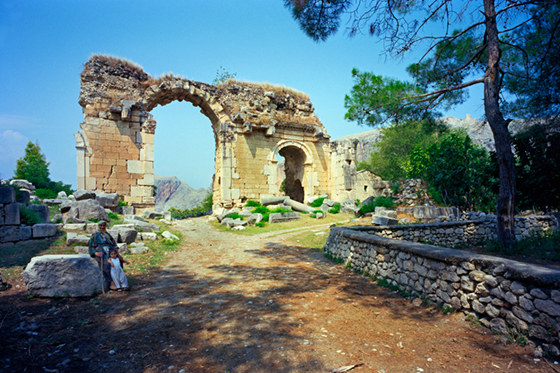
Image 92 of 157 Walls of the first-Century Roman city of Anazarbus, situated below the 12th -13th Century Armenian-occupied fortress of Anavarza on the right, looking northeast. (August 6, 2002 - A9:7.) -
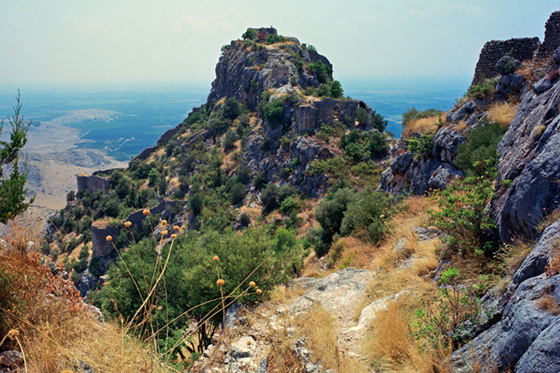
Image 93 of 157 Remains of the entrance to and circuit walls surrounding the south central bailey of the fortress at Sis, site of the capital of Armenian Cilicia (12th Century), looking south. (August 5, 2002 - B4:7.) -
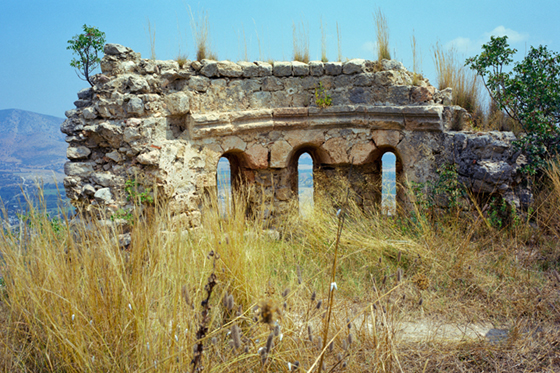
Image 94 of 157 Remains of an apse inside the central bailey of the Armenian fortress at Sis, possibly part of the fortress’s chapel, looking east (Armenian, 12th Century). (August 5, 2002 – B5:2.) -
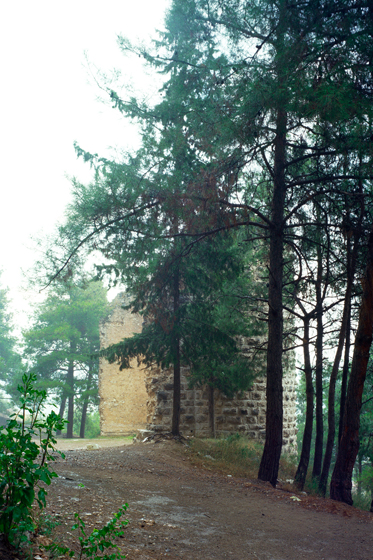
Image 95 of 157 Remains of the seat of the Armenian Catholicosate at Sis (12th-20th centuries), amidst trees that hide it from view, looking northeast. (August 5, 2002 - A7:7.) -
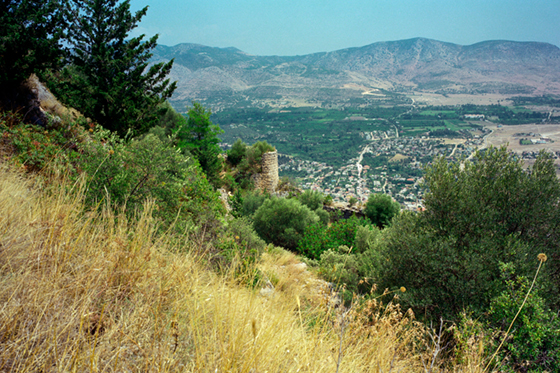
Image 96 of 157 Remains of the seat of the Armenian Catholicosate at Sis (12th-20th centuries), and the modern Turkish city of Kozan. (August 5, 2002 - B4:4.) -
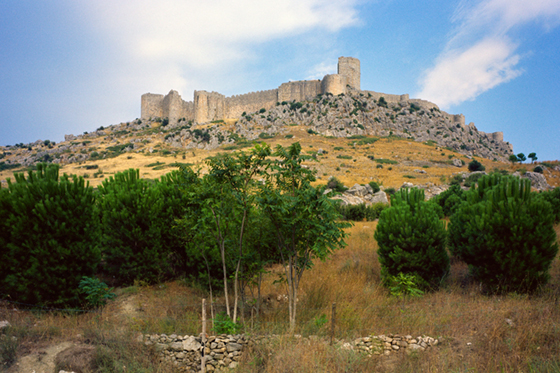
Image 97 of 157 Outcrop and fortress of Yılan, near the city of Ceyhan in eastern Cilicia (Cilicia Pedias), looking south (11th-12th Centuries). (August 6, 2002 - A10:2.) -
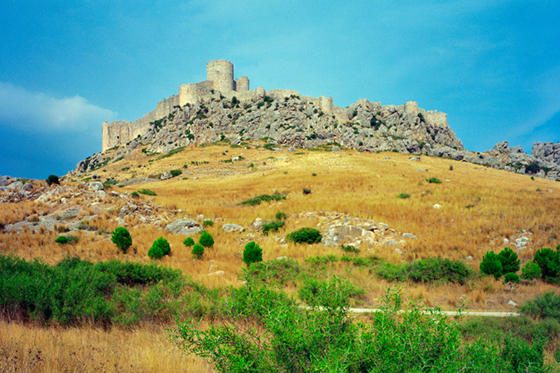
Image 98 of 157 Outcrop and fortress of Yılan, near the city of Ceyhan in eastern Cilicia, looking east (11th-12th Centuries). (August 6, 2002 - A10:3.) -
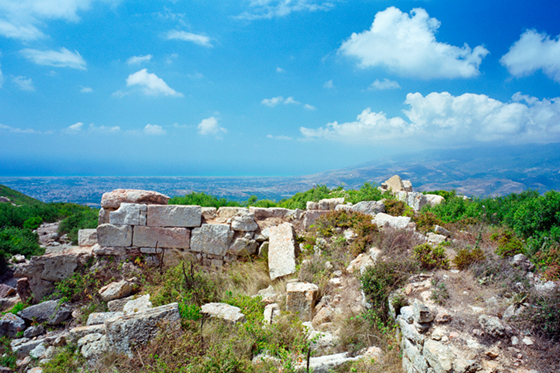
Image 99 of 157 Musa Dağh, viewed from the Monastery of Saint Simeon, near the city of Antioch (Turkish Antakya) (5th Century), looking north. (August 16, 2004 - B17:4.)